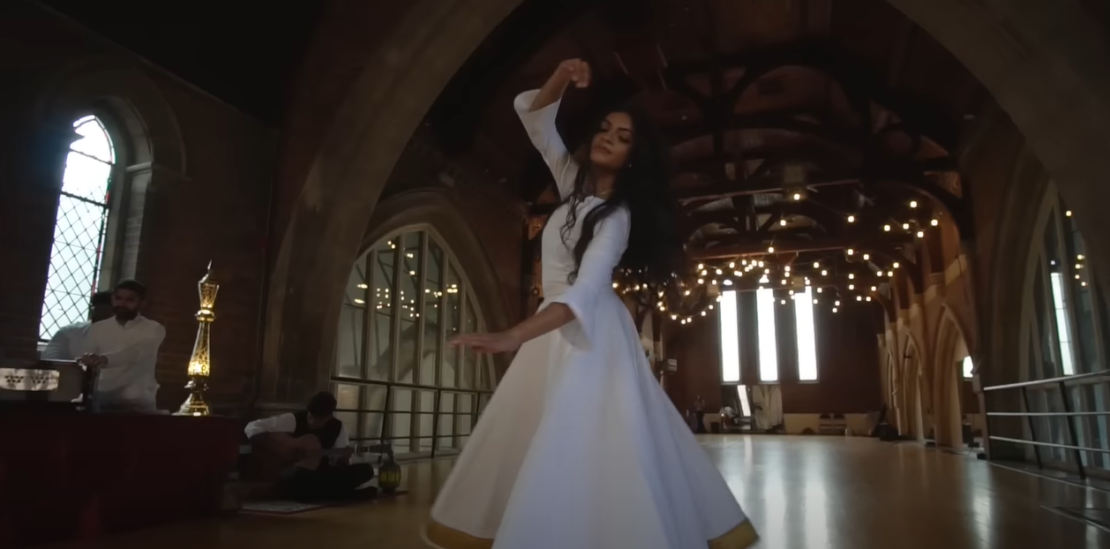Music is as diverse as the cultures that create it. From the deep, resonant throat singing of Mongolia to the vibrant flamenco of Spain, every corner of the globe has a unique musical tradition to offer. This exploration takes us through a select few of the world’s vocal genres, revealing the history, technique, and cultural significance of each.
Mongolia: The Enigmatic Throat Singing
Deeply rooted in the heart of the Mongolian steppes lies an intriguing musical practice: Throat singing, also known as ‘Khoomei’. This exceptional form of singing involves producing multiple pitches simultaneously, a technique that has intrigued and delighted listeners for centuries.
Historical Perspective
The origins of throat singing in Mongolia are interwoven with the fabric of the country’s nomadic history. The tradition extends back over several centuries, although the precise origin point is the subject of academic debate. The fundamental basis of the practice stems from animistic and shamanic rituals, where the human voice sought to emulate the sounds of nature, whether the whistling of the wind, the gurgling of a stream, or the calls of animals.
Technical Breakdown
Throat singing relies on a careful manipulation of the singer’s vocal apparatus to generate multiple tones at once. This is accomplished through the precise control of the vocal folds and the shaping of the vocal tract, which generates an array of harmonics above a fundamental drone. These additional pitches, or overtones, are filtered and amplified by changing the shape of the mouth and positioning of the tongue. Specific techniques within the realm of throat singing include:
- Khoomei: A term often used to refer to all styles of throat singing, Khoomei is also a specific technique characterized by a mid-range fundamental pitch with subtly emphasized overtones;
- Kargyraa: This style is noted for its deep, rich, and chesty sound. It utilizes both the vocal and vestibular folds (also known as false vocal cords) to create an undertone;
- Sygyt: The singer suppresses most of the drone, leaving a clear, piercing whistle-like overtone, mimicking the sounds of winds or birds.
Cultural Significance
Traditionally, throat singing has been practiced by herders as they traverse the expansive Mongolian landscape. They believe that these songs evoke the spirit of the natural world and help them form a harmonious relationship with their environment. Today, throat singing is regarded as a cultural treasure, recognized by UNESCO as Intangible Cultural Heritage, and has found its way into contemporary music around the world.
Spain: The Fiery Flamenco

Spain’s vibrant cultural tapestry is richly adorned by the passionate rhythms of Flamenco. Rooted in the southern region of Andalusia, Flamenco is a poignant expression of life, weaving together voice, dance, and the strumming of the guitar.
Historical Perspective
The origins of Flamenco date back to the 8th century, influenced by the diverse communities that thrived in Andalusia, including Gypsies, Moors, and Jews. The art form evolved over centuries of cultural exchange, gaining recognition during the 18th and 19th centuries.
Technical Breakdown
Flamenco is characterized by emotional intensity, intricate rhythms, and vibrant movements. Singing (cante) is a vital component of Flamenco, showcasing a wide range of feelings from deep sorrow to ecstatic joy. The different forms of cante include:
- Cante jondo: These are profound, deeply emotional songs often dealing with themes of death, anguish, despair, or religion;
- Cante intermedio: As the name suggests, these songs are intermediate in terms of emotion and complexity, blending cultural influences;
- Cante chico: These are lighter, festive songs, often related to love, celebrations, and everyday life.
Cultural Significance
Emerging from marginalized communities, Flamenco was an outlet for expressing the raw emotions of daily life and hardships. Today, it is an iconic symbol of Spanish culture, representing its historical struggles and joys. Flamenco is not just a music form but a lifestyle deeply embedded in the hearts of the Spanish people.
Alpine Europe: The Echoing Yodel
High up in the alpine regions of Europe, the valleys echo with the distinctive sounds of yodeling. This unique singing technique, characterized by rapid pitch changes, emerged as a means of communication and gradually became an integral part of local folk music.
Historical Perspective
The origins of yodeling are traced back to the Central Alps, predominantly within regions of Austria and Switzerland. It evolved as a form of communication among herdsmen and villagers living in the steep mountain terrain.
Technical Breakdown
Yodeling is recognized by a specific pattern of note changes, moving from the chest voice to the head voice and back rapidly, creating a distinct yodel sound. The repeated change of pitch creates a form of melody, which can be adapted to deliver various tones and moods.
Cultural Significance
Originally, yodeling served a practical purpose, helping communicate over long distances in the mountainous terrain. Over time, it was integrated into folk music, enhancing storytelling and entertainment. It became a symbol of the Alpine region, expressing a connection to nature and local traditions.
South Asia: The Spiritual Qawwali

Echoing through the shrines of Pakistan and North India, the powerful voice of Qawwali music captures the intense devotion of Sufi mysticism. Qawwali, which means ‘utterance’ in Arabic, is a form of music that acts as a spiritual bridge between humans and the divine.
Historical Perspective
Qawwali music can trace its roots back to the late 13th century, introduced in South Asia by the Chishti Order of Sufis, particularly the revered musician and poet, Amir Khusrau.
Technical Breakdown
Qawwali is a vibrant musical tradition involving a group of singers, harmoniums, and percussion instruments. The lead singers deliver powerful, improvised verses while the chorus responds, creating a dynamic interchange. The music gradually builds in tempo and intensity, aiming to induce a state of spiritual ecstasy in both performers and audience.
Cultural Significance
Qawwali serves a deeply spiritual purpose. It’s a means of connecting with the divine, expressing love, devotion, and longing through music. Qawwali gatherings are integral to Sufi practice and cultural life in regions of South Asia.
Europe: The Sacred Gregorian Chant
The solemn beauty of Gregorian chant echoes through the centuries, a testament to the profound spiritual tradition of medieval Europe. Named after Pope Gregory I, this style of music is a significant pillar of Western sacred music.
Historical Perspective
Gregorian chant developed in the monastic communities of Europe during the 9th and 10th centuries. Although the chant’s association with Pope Gregory I is traditional, the precise origins of the chant are more complex, rooted in earlier forms of Roman and Frankish chant.
Technical Breakdown
Gregorian chant is characterized by its monophonic texture, meaning it consists of a single, unaccompanied melodic line. The melody of a Gregorian chant moves in a stepwise motion, with the rhythm determined by the syllables of the text, which is typically a Latin prayer or Bible verse.
Cultural Significance
Gregorian chant was closely linked to liturgical practice, aiming to enhance the worship experience and promote communal participation. Moreover, it played a vital role in the development of Western music theory and notation.
Exploring Connections Between Vocal Genres

Despite their distinct origins and forms, these vocal genres share surprising links. Each has developed from and contributes to the unique cultural fabric of its region, yet they resonate on a universal level, reflecting shared human experiences.
- Emotion: From the sorrowful cante jondo of flamenco to the uplifting qawwali, music is a powerful emotional outlet;
- Environment: Throat singing mirrors the sounds of the Mongolian steppe, while yodeling reflects the echoic quality of the Alps. These styles are deeply connected to the landscapes they originate from;
- Communication: Whether it’s the mountain calls of yodelers or the spiritual messages in Gregorian chants, music serves as a medium of communication.
Conclusion
By journeying through the world’s diverse vocal genres, we not only discover unique sounds but also the history, culture, and people that created them. Each style, from Mongolian throat singing to Spanish Flamenco, Alpine yodeling, South Asian Qawwali, and Gregorian chant, tells a story of human experience, emotion, and identity.
FAQ
Yes, with the proper training and practice, these vocal styles can be learned. However, it’s essential to respect and understand the cultural context of each genre.
Yes, all of these vocal genres are still performed in their countries of origin, often at cultural festivals, religious ceremonies, and local events.
Absolutely, these vocal genres influence contemporary music, from popular music samples to entire genres, like Qawwali’s influence on Bollywood music or Flamenco’s impact on Latin Pop.
Yes, most of these vocal genres can be performed a cappella, although some traditionally incorporate instruments.